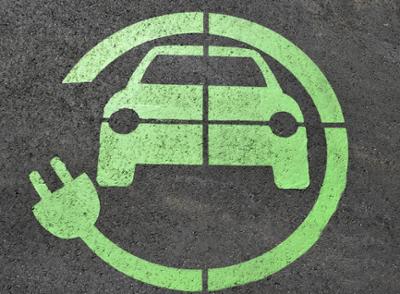

Alternative Fuels for Transport
Industrial growth and development make it crucial to find new ways to drive the different mobility alternatives. This article explains what different alternative fuels are available for transportation.
Conventional mobility is undergoing a transformation process. In recent years it has been developing new energies and fuels that can be used in the same way while respecting the environment. These two needs have given rise to alternative fuels that existing vehicles can use today.
These new fuels respond to worldwide social demands to find materials to enable clean mobility. An example of this new mobility, the mobility of the society of tomorrow, are the topic-based forums at Global Mobility Call that will help us understand how and in what way we are going to move in the very near future.
However, there is already an example of these alternative fuels being used today, one that we can see all around us every day, both in private vehicles, public transport and freight.
The electric and different gas propulsion modes, hydrogen and biofuels, are part of the range of available alternative fuels for transport. They are sustainable and have one purpose, to respect the environment and be sustainable.
Electrical Power
We have discussed the first of these alternative energies at greater length in another article. These are cars wholly or partially powered by an electric motor. They have batteries to store power and a motor to transform it to move the vehicle.
They have significant benefits because they can travel autonomously over long distances using renewable energy. They are becoming more popular in Spain because of their benefits in terms of use, mobility and economy.
Hybrids
This range also includes hybrid vehicles that combine electric propulsion with conventional fuel. They are not as environmentally beneficial, but more so than cars powered entirely by fossil fuels.
Liquefied Petroleum Gas (LPG)
This mode has become increasingly popular in Spain in recent years. It is gaining importance, so much so that it is now the world's most widely used alternative fuel. It is cleaner than traditional fuels and has significant advantages, both in caring for the natural environment and reducing pollution emissions and economically.
It is called Liquefied Petroleum Gas and consists of a mixture of propane and butane. Presently, as well as private vehicles, it is also used in public transport. Many urban buses use LPG propulsion due to its low CO2 emissions.
Compressed Natural Gas (CNG)
This is another variety of gas; in this case, a mixture of natural gases composed of 83% to 98% methane along with ethanol, propane and butane. It is the same gas used in homes for cooking and heating. It is the fossil fuel with the smallest environmental impact, both for the characteristics of the product itself and for the technologies available for its use.
All these features make it an alternative energy source with a lower negative impact than traditional fuels. It represents an improvement in extracting greenhouse gases. This is another possible sustainable fuel option for all types of vehicles.
Hydrogen
This is another alternative that has become more developed over the last five years. However, there are not yet many models available with this energy source, which is renewable and does not generate polluting emissions.
It is a very important option in sustainability terms but is not widely available. It is made from water using electrolysis, which splits water molecules into oxygen and hydrogen atoms. Combining the atoms again in combustion generates the energy to power vehicles.
Biofuels
The last of the alternative fuels discussed in this article are biofuels produced from biomass. Examples include biodiesel, bioethanol and biogas. They are an excellent alternative for transport, but there is a lack of infrastructure.
It is a fuel produced from renewable sources. It is very beneficial for cutting emissions as they emit considerably less greenhouse gases.





